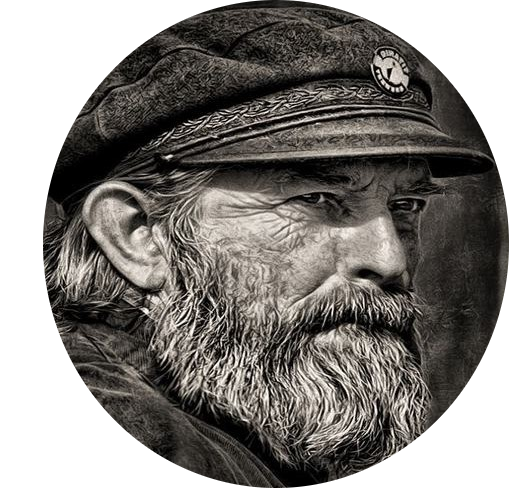Buxton
Buxton is a University town and one of most popular tourist destinations in the Peak District famed for its natural spring water and Georgian architecture. It has the highest altitude of any market town in England at 1000ft and was founded by the Romans who called it Aquae Arnemetiae.
It was the fifth Duke of Devonshire who put Buxton on the map with development in 1780s – the centrepiece being the Georgian Crescent.
The town’s magnificent architecture also includes There is a historic Winter Gardens linking the Opera House with the main complex. The building houses a bistro, Art Café, Gallery in the Gardens with a large retail area and the Tourist Information Centre.
Buxton Opera House was designed by Frank Matcham in 1903 and is the highest opera house in the country. Matcham was a prolific theatrical architect who designed several London theatres, including the London Palladium, the London Coliseum and the Hackney Empire.
The opera house is attached to the Pavilion Gardens, 23 acres of award winning ornamental gardens including serpentine walkways, children’s play areas, lake and a miniature railway., designed by Edward Milner, the gardens and ponds and were opened in 1871. Opposite is an original Penfold octagonal post box.
The University of Derby’s Buxton campus is set under The Devonshire Dome (1780–1789) was created from the Great Stables, converted in 1859 by Henry Currey, architect to the 7th Duke of Devonshire – open to visitors -guided tours, a bistro, fine dining and spa and beauty treatments are available – booking required.
It became the Devonshire Royal Hospital – later phases of the conversion were by local architect Robert Rippon who added the dome which is the largest unsupported dome in the country with a diameter of 174ft
Visitors to Buxton can fill their own bottles from the permanent flow at St Anne’s Well in front of the Crescent. Luckily, due to filtration through the limestone, there is no sulphurous smell or nasty taste to the mineral water here, unlike many others in the country.
The Romans developed a settlement known as Aquae Arnemetiae or the spa of the goddess of the grove. The discovery of coins indicates that the Romans were in Buxton throughout their occupation.
The origins of the town’s name are uncertain. It may be derived from the Old English for Buck Stone or for Rocking Stone The town grew in importance in the late 18th century when it was developed by the Dukes of Devonshire, with a resurgence a century later as the Victorians were drawn to the reputed healing properties of the waters.
Built on the River Wye, and overlooked by Axe Edge Moor, Buxton has a history as a spa town due to its geothermal spring which rises at a constant temperature of 28 °C. The spring waters are piped to St Ann’s Well a shrine to St. Anne since medieval times opposite the Crescent near the town centre.
The Dukes of Devonshire have been closely involved with Buxton since 1780, when the 5th Duke used the profits from his copper mines to develop the town as a spa in the style of Bath. Their ancestor Bess of Hardwick had taken one of her four husbands, the Earl of Shrewsbury, to “take the waters” at Buxton shortly after he became the gaoler of Mary, Queen of Scots, in 1569, and they took Mary there in 1573.
She called Buxton “La Fontagne de Bogsby”, and stayed at the site of the Old Hall Hotel. The area features in the poetry of W. H. Auden and the novels of Jane Austen and Emily Brontë.

Instrumental in the popularity of Buxton was the recommendation by Dr Erasmus Darwin of the waters at Buxton and Matlock to Josiah Wedgwood I. The Wedgwood family often went to Buxton on holiday and recommended the area to their friends. Two of Charles Darwin’s half-cousins, Edward Levett Darwin and Reginald Darwin, settled there.
The arrival of the railway in 1863 stimulated the town’s growth: the population of 1,800 in 1861 had grown to over 6,000 by 1881.
Buxton railway station was designed by Joseph Paxton, who designed the layout of the Park Road circular estate. He is perhaps more famous for his design of the Crystal Palace in London.
The 122-room Palace Hotel, built in 1868, is a prominent feature of the Buxton skyline on the hill above the railway station. It was also designed by Currey
The Old Hall Hotel is one of the oldest buildings in Buxton with good food and accommodation. It was owned by the 6th Earl of Shrewsbury, George Talbot.
He and his wife, Bess of Hardwick, were the “gaolers” of Mary, Queen of Scots. She came to Buxton several times to take the waters, the last time in 1584. The present building dates from 1670 and has a five-bay front with a Tuscan doorway.
